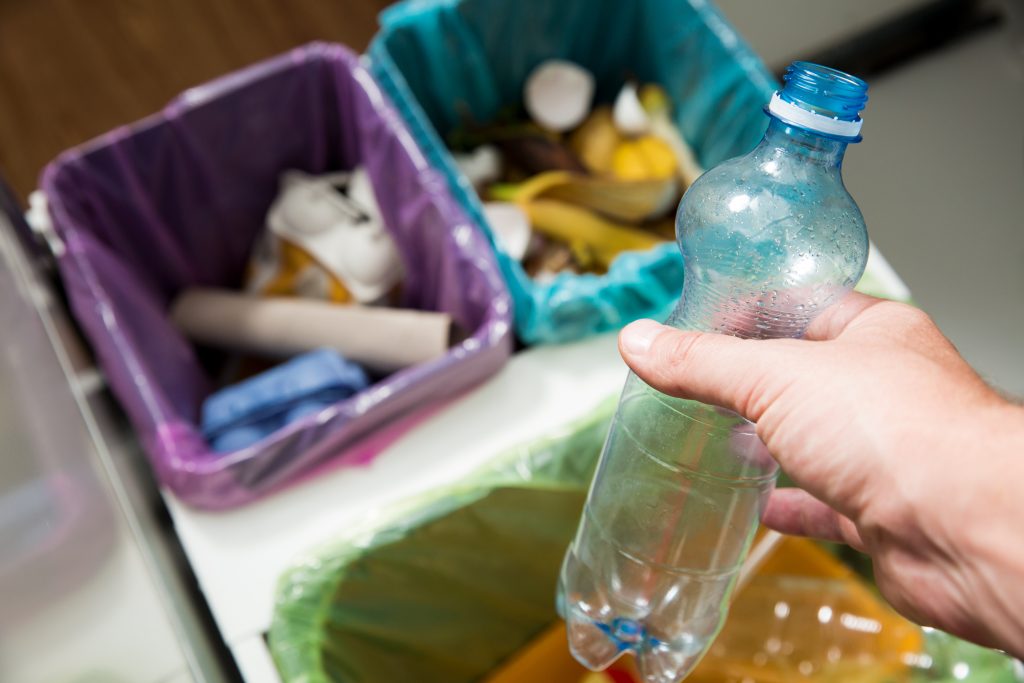It is therefore important to keep the consumer experience regarding the disposal of packaging materials in mind. This can be done by taking the sustainability and the disposal phase of packaging materials into account during the design process, for example by using fewer raw materials and by looking into where the packaging ends up after use.
Disposal behaviour
Consumers often have a different perspective on packaging materials than packaging developers. They are quick to view packaging materials as waste, even though the volume of packaging materials in Dutch waste streams is limited. Consumers may also feel annoyed when disposing of packaging materials, for example because they are left with a lot of material to get rid of or because the packaging is hard to separate properly upon disposal. Such feelings of annoyance may result in negative brand associations.

Furthermore, it is important to communicate clearly with consumers about how to separate empty packaging materials upon disposal. This is important in order to improve the quality of the collected and recycled material, so it can be reused once more. To realise this, you can use instruments such as the Disposal Guide.
Disposal guide
Over the years, consumers have been given more and more options to separate their waste. This has made the process of disposing of packaging materials more complicated, because it is not always clear what goes where. As a company that puts packaged products on the market, you can make it easier for consumers to correctly dispose of their packaging waste. It is important to do so, since this ensures that the materials can be optimally processed and recycled.
The Disposal Guide is a useful instrument. It consists of a series of icons that you can add to your packaging. They indicate the waste category to which the various components of a packaging belong. Consumers will instantly know how to correctly dispose of a packaging. By using the Disposal Guide, businesses show that they do their best to reduce the environmental impact of their operations and contribute to an optimal recycling process.
You can read more information about how to use the Disposal Guide.
Guideline biobased and biodegradable packaging materials
There exists a lot confusion among consumers about the end-of-life phase of biobased and/or biodegradable (compostable) packaging materials. At the request of the Dutch Federation of Rubber and Plastics Industry (NRK), the KIDV developed a guideline for producers and importers of packaging materials, municipalities and waste management organisations, NGOs, governments and the media.
The diagram below shows the different types of biobased and biodegradable packaging materials. The numbers indicate how the different types of packaging materials can be disposed of:
- Type-1 and type-2 packaging materials can be disposed of as plastic packaging waste;
- Type-3 packaging materials can be disposed of as organic waste, provided that they meet the European standard for compostable packaging materials (EN-13432).
Click here to learn more about the “Guideline biobased and biodegradable packaging materials.
Factsheet symbols on packaging materials
The KIDV has drawn up the factsheet “Symbols on packaging materials” to provide insight into the different symbols that are used on packaging materials. The factsheet distinguishes between three types of symbols:
- Symbols that offer consumers information about the origins of the material, e.g. the “cradle-to-cradle” symbol and the Forest Steward Council (FSC) symbol;
- Symbols that offer consumers information about how to dispose of the packaging material, e.g. the Möbius symbol, the ALU symbol and the Disposal Guide icons;
- Symbols used in other countries that may also appear on packaging materials sold in the Netherlands, e.g. the Grüne Punkt symbol.
Click here to learn more about the symbols found on packaging materials.
Citizen's collection behaviour
As part of the scientific research programme of the KIDV and the Food and Nutrition Top Institute, Josefine Geiger is conducting research into citizens’ collection behaviour for various collection systems. The research focuses on the effectiveness of the collection systems and the extent to which personal and contextual variables play a role in this regard. If you want to know more about this research, take a look at the video in which Josefine Geiger explains her research.